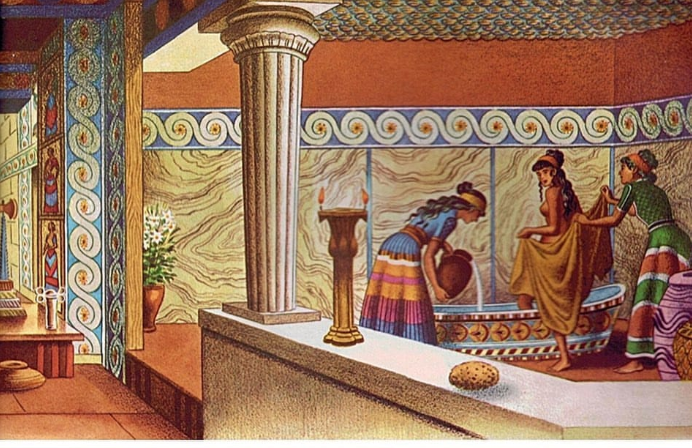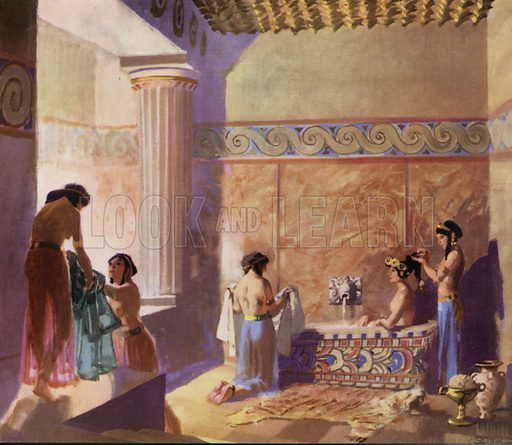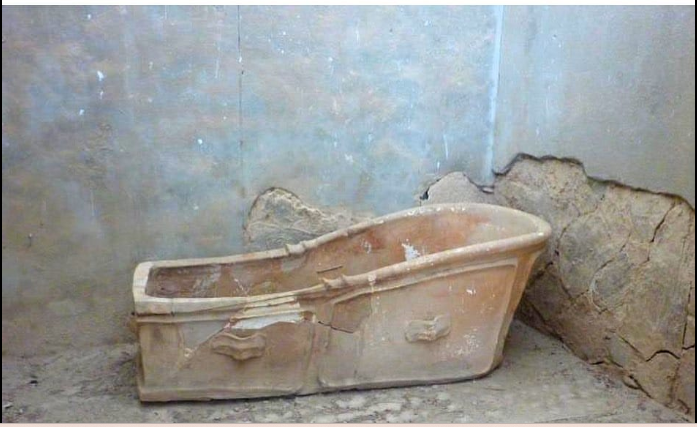The Restoration of the Queen’s Bath: Reviving Minoan Majesty at the Palace of Knossos

In the heart of Crete, Greece, lies the Palace of Knossos, a testament to the grandeur and sophistication of the ancient Minoan civilization. Among its many marvels, perhaps none is as evocative as the Queen’s Bath, a site steeped in myth and mystery, its reconstruction offering a glimpse into the opulence of Minoan palace life.

Dating back to the 16th century BCE, during the zenith of Minoan power, the Queen’s Bath served as a symbol of luxury and refinement within the palace complex. Its origins shrouded in antiquity, the bath’s purpose remains a subject of debate among scholars and archaeologists. Some believe it to be a ceremonial bathing area, reserved for the use of Minoan royalty and dignitaries, while others suggest it may have held religious significance, serving as a site for purification rituals and sacred ceremonies.

The Minoan civilization, which emerged around 3,500 BCE, reached its peak during the period between 2700 and 1450 BCE. Renowned for their advanced architecture, vibrant art, and sophisticated maritime trade network, the Minoans flourished on the island of Crete, establishing Knossos as the political, economic, and cultural hub of their civilization.
Yet, despite their achievements, the Minoans eventually faced a decline in power and influence. The precise reasons for this decline remain elusive, but theories range from natural disasters to invasion and conquest by foreign powers. By the late Bronze Age, the Mycenaean culture began to assert its dominance on the island, signaling the end of the Minoan era.

The name “Minos,” by which the Minoan civilization is commonly known, was coined by British archaeologists excavating in Crete in the late 19th and early 20th centuries. Inspired by the legendary figure of King Minos, a mythical ruler said to have governed Crete from the labyrinthine Palace of Knossos, the term has since become synonymous with the Minoan civilization as a whole.
Today, the Queen’s Bath stands as a testament to the enduring legacy of the Minoan civilization. Though centuries have passed since its construction, its reconstruction at the Palace of Knossos offers visitors a tangible connection to the splendor and sophistication of Minoan palace life. As archaeologists continue to uncover new insights into the mysteries of the Minoans, the Queen’s Bath remains a symbol of their enduring allure and the timeless allure of ancient Crete.